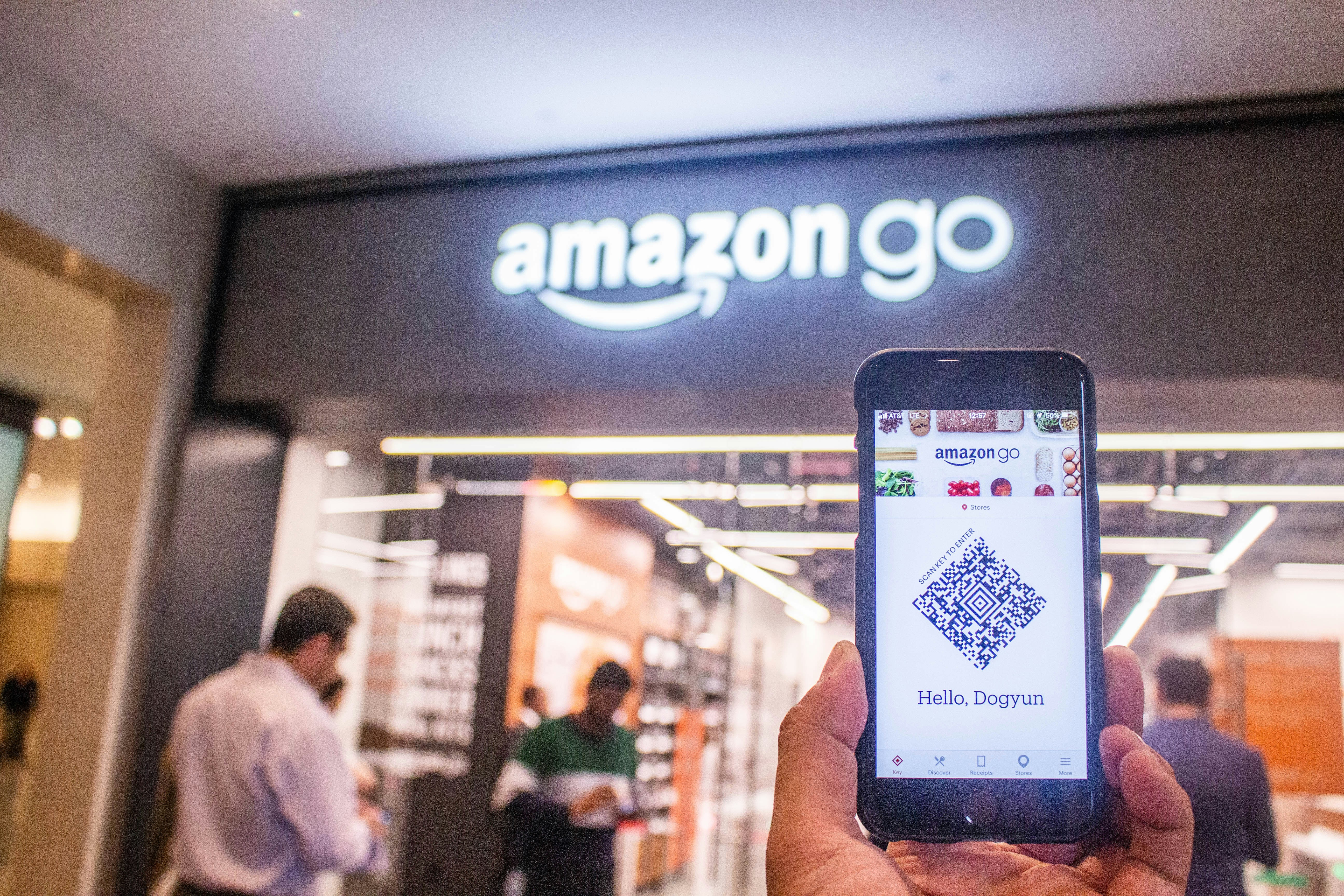QR Codes | Definition & Examples
QR Codes
Definition:
"QR Codes" (Quick Response Codes) are two-dimensional barcodes that can be scanned using a smartphone or other QR code reader to quickly access information or web content. They are used in web applications for marketing, user engagement, and various interactive purposes.
Detailed Explanation:
QR codes are a type of matrix barcode that contains encoded data, typically links to websites, contact information, or other multimedia content. When scanned by a QR code reader, such as a smartphone camera, the data is quickly decoded and the user is directed to the associated content or action. This technology provides a seamless bridge between physical and digital worlds, enabling users to access online resources directly from printed materials or other physical surfaces.
In web applications, QR codes are widely used for marketing campaigns, user engagement, and providing easy access to digital content. For instance, businesses can include QR codes on product packaging, advertisements, flyers, and business cards to direct customers to their websites, promotional offers, or contact details. Event organizers use QR codes for easy check-ins and ticket verification, while restaurants may display QR codes for digital menus and contactless ordering.
The integration of QR codes into web applications involves generating the codes, embedding them in various materials, and ensuring they link to the desired content or actions. Tools and libraries for creating QR codes include Google Chart API, QR Code Generator, and libraries like QRCode.js for custom implementations.
Key Elements of QR Codes:
Encoding Data:
QR codes can store various types of data, including URLs, text, email addresses, and phone numbers.
Scanning and Decoding:
Users scan QR codes with their smartphone cameras or QR code reader apps to decode the information and perform the associated action.
Linking to Content:
QR codes often link to online content, such as websites, social media profiles, videos, or downloadable files.
Custom Design:
QR codes can be customized with logos, colors, and design elements to align with branding and improve visual appeal.
Advantages of QR Codes:
Convenience:
Provides an easy and quick way for users to access digital content without manually entering URLs or other information.
Versatility:
Can be used in various contexts, including marketing, event management, product packaging, and customer service.
Engagement:
Enhances user engagement by providing interactive and immediate access to online resources and promotions.
Challenges of QR Codes:
User Awareness:
Some users may be unfamiliar with QR codes or lack the necessary apps to scan them, although this is becoming less of an issue with modern smartphones.
Design Considerations:
Poorly designed or placed QR codes can be difficult to scan, reducing their effectiveness.
Security Concerns:
QR codes can be misused to direct users to malicious websites, so it’s important to ensure they are used in trusted contexts.
Uses in Performance:
Marketing Campaigns:
Directs users to promotional websites, special offers, or social media profiles, enhancing the reach and impact of marketing efforts.
Event Management:
Facilitates quick and contactless check-ins, ticket verification, and access to event information.
Retail and E-commerce:
Provides customers with additional product information, user manuals, and online shopping links directly from product packaging.
Design Considerations:
When integrating QR codes into web applications, several factors must be considered to ensure effectiveness and user engagement:
Visibility and Accessibility:
Ensure QR codes are placed in easily visible and accessible locations to encourage scanning.
Clear Call to Action:
Include instructions or a call to action to guide users on what to expect when scanning the QR code.
Testing and Quality:
Test QR codes across different devices and lighting conditions to ensure they scan easily and link to the correct content.
Conclusion:
QR codes (Quick Response Codes) are versatile and convenient tools for linking physical materials to digital content. By providing an easy way for users to access websites, promotional offers, and other online resources, QR codes enhance marketing efforts, user engagement, and overall interactivity. Despite challenges related to user awareness, design considerations, and security concerns, the advantages of convenience, versatility, and engagement make QR codes valuable in various applications. With attention to visibility, clear calls to action, and thorough testing, QR codes can significantly enhance the effectiveness and user experience of web applications and marketing campaigns.

